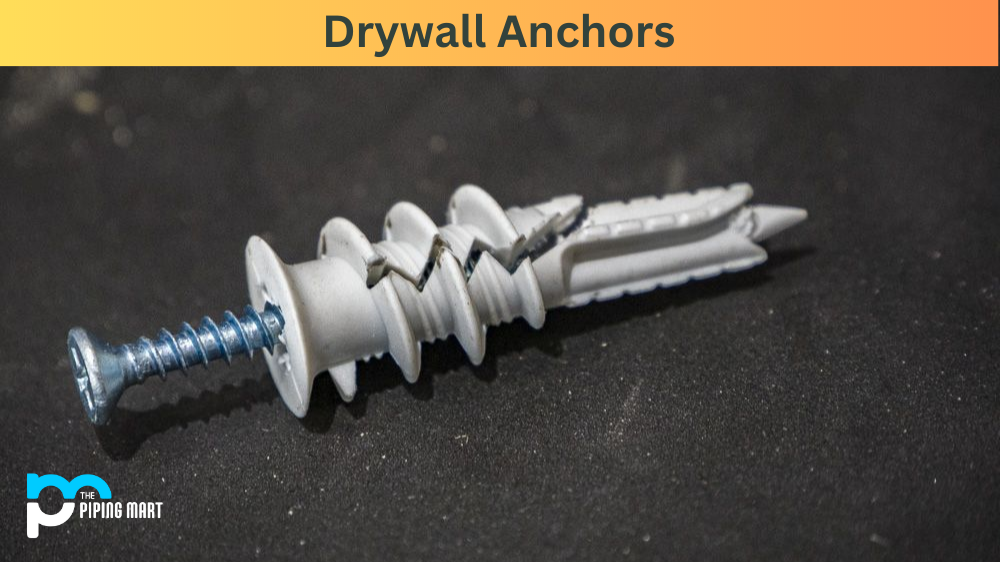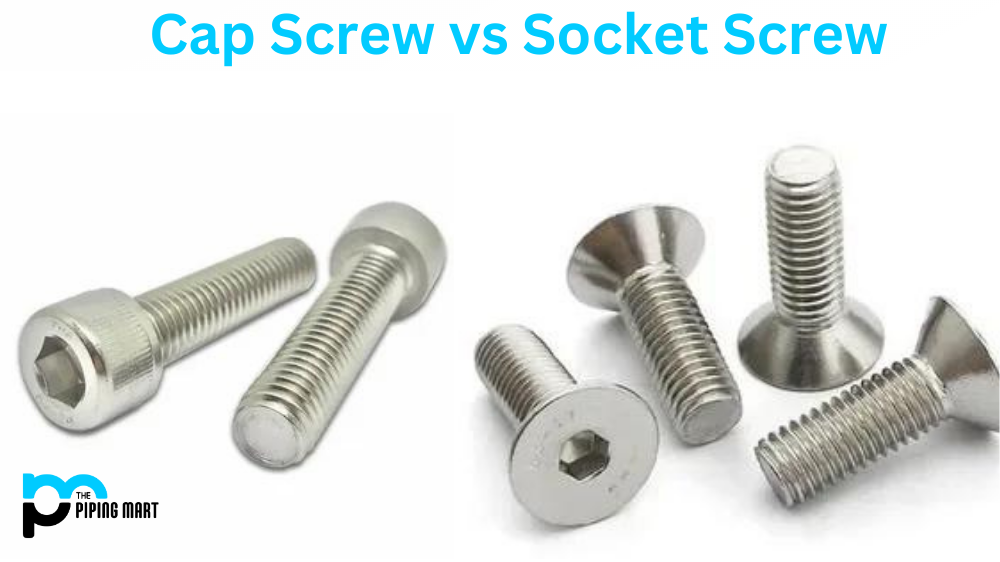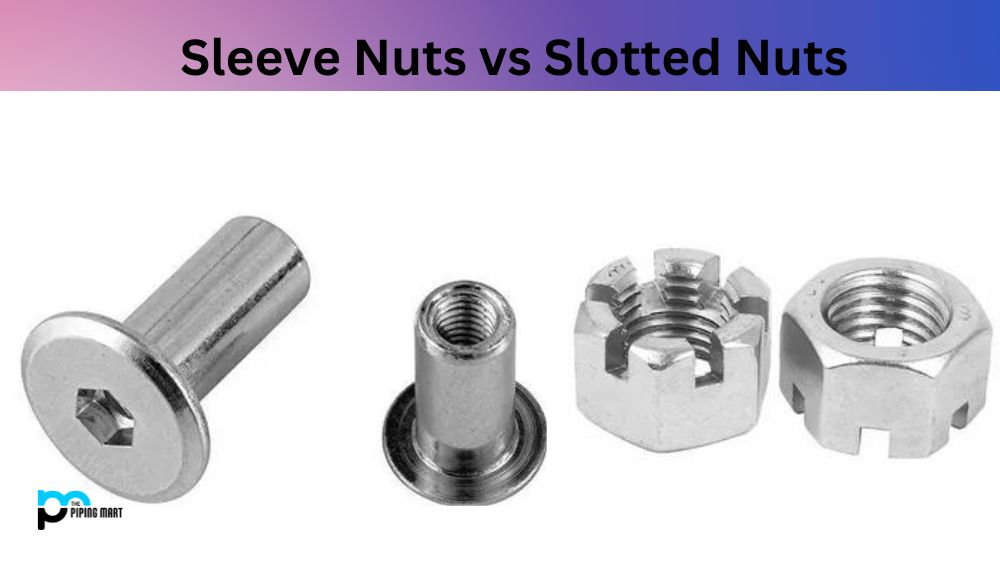Drywall anchors are essential for any DIY project, home improvement, or renovation work. They are used to secure heavy objects, such as mirrors, picture frames, shelves, and other items, onto the drywall without damaging the wall. However, not all drywall anchors are created equal. Some are designed for lightweight objects, while others can hold up to 100 pounds. This post gives you an overview of different types of drywall anchors and when to use them.
Types of Drywall Anchors
Plastic Anchors
Plastic anchors are one of the most common types of drywall anchors. They are designed for lightweight items, such as small picture frames, plastic shelving, and other decorative items. These anchors have a threaded screw that goes into the drywall and expands the anchor, providing a secure hold. Plastic anchors are easy to install, affordable, and available in different sizes and shapes. However, they are unsuitable for heavy-duty objects or items needing extra stability.
Wall Claw Anchors
Wall Claw anchors are the ultimate solution for any DIY reno or construction project. With their unique design and high-quality materials, these anchors can securely hold up to 90 pounds in drywall and other hollow surfaces. Unlike traditional anchors, WallClaw anchors require no pre-drilling and have a low-profile design that won’t damage the surface of your walls.
Self-Drilling Anchors
Self-drilling anchors, also known as thread-forming anchors, are ideal for medium to heavy-duty items, such as ceiling fans, curtains, and wall-mounted TVs. They have a pointed tip that allows them to penetrate the drywall and form threads. Self-drilling anchors have a firm grip and can hold up to 50 pounds. However, they are not recommended for objects that require frequent removal, as they leave holes in the drywall.
Expandable Metal Anchors
Expandable metal anchors offer an innovative solution for securing heavy loads into various surfaces. These anchors feature a unique design that enables them to expand and grip tightly to the surrounding material, ensuring maximum stability and safety. Whether for construction or DIY projects, these anchors provide a reliable and efficient option for anchoring into concrete, brick, or other hard materials.
Toggle Anchors
Toggle anchors are the most durable and reliable drywall anchors. They are designed to hold heavy items up to 100 pounds, such as bulky shelves, cabinets, and large mirrors. Toggle anchors consist of a screw, a metal bar, and a toggle. The toggle expands behind the drywall and provides extra stability, preventing the anchor from pulling out. Toggle anchors are easy to install but require larger holes than other anchors. Moreover, they are expensive compared to other options.
Winged Anchors
Winged anchors, also known as butterfly anchors, are ideal for objects that require extra support, such as heavy mirrors, cabinets, and bookshelves. They have two wings that fold together during installation, allowing them to be inserted into a small hole. Once the anchor is through the hole, the wings expand and provide a secure grip on the drywall. Winged anchors can hold up to 50 pounds of weight but are unsuitable for objects requiring frequent removal.
Hollow Wall Anchors
Hollow Wall Anchors are used when there is space behind the drywall. They are ideal for installing objects such as towel racks or coat hooks. They assist in firmly holding the thing to the wall and are designed to support up to 30 pounds of weight. They have two wings or condensation cups that create an even surface and close when tightened, which creates a bond that holds them in place.
Conclusion
When hanging objects on drywall, using the correct type of anchor is critical. Understanding the different types of drywall anchors and their intended use can help ensure your project is successful. Whether it’s a lightweight picture frame or a heavy mirror, there’s an anchor that’s perfect for the job. So, next time you’re ready to hang something, don’t forget to choose a suitable drywall anchor that can provide reliable support and save you from potential mishaps.

Meet Bhavesh, a seasoned blogger with a wealth of knowledge and experience. From metal products manufacturing to retail, Bhavesh has a diverse background in various industries and is dedicated to sharing his insights and expertise with readers.




